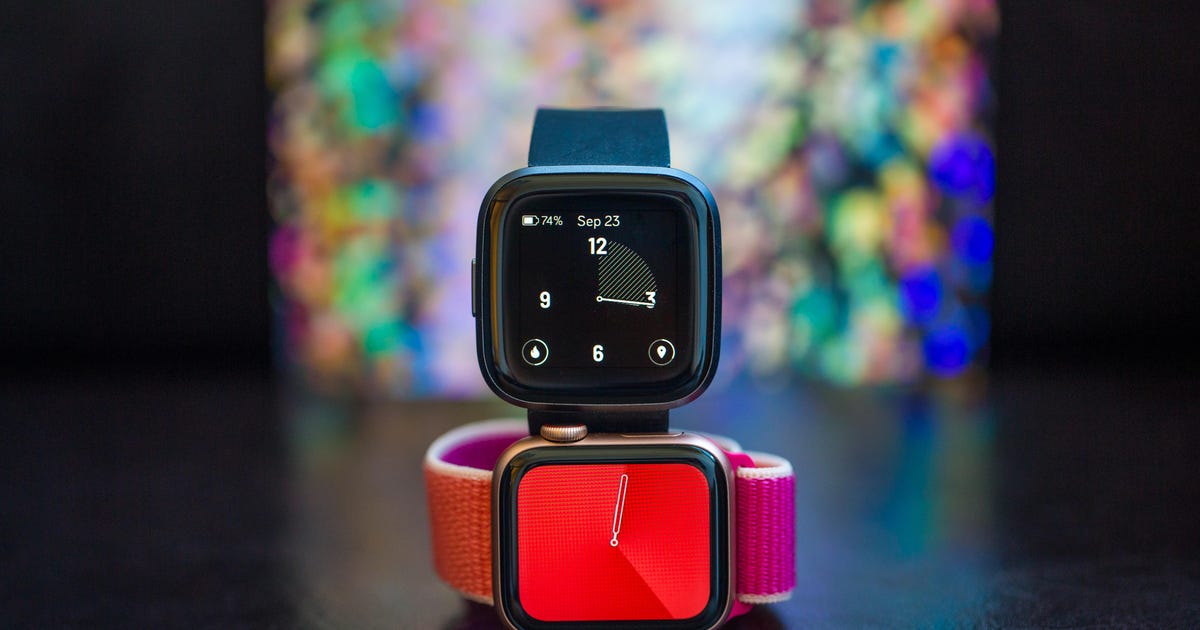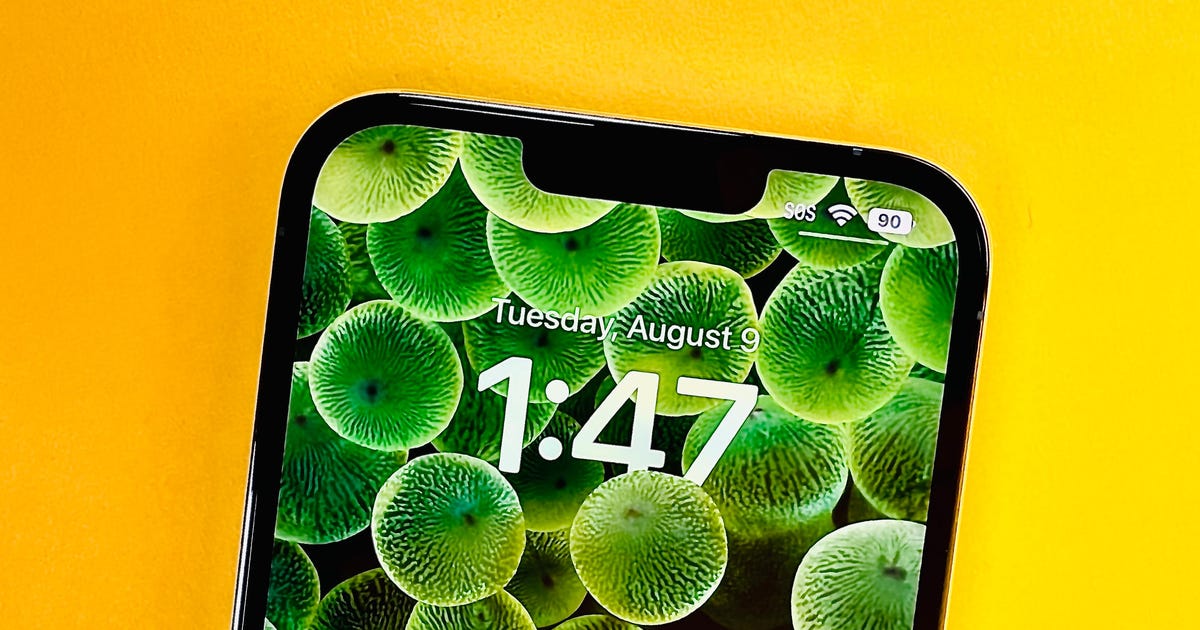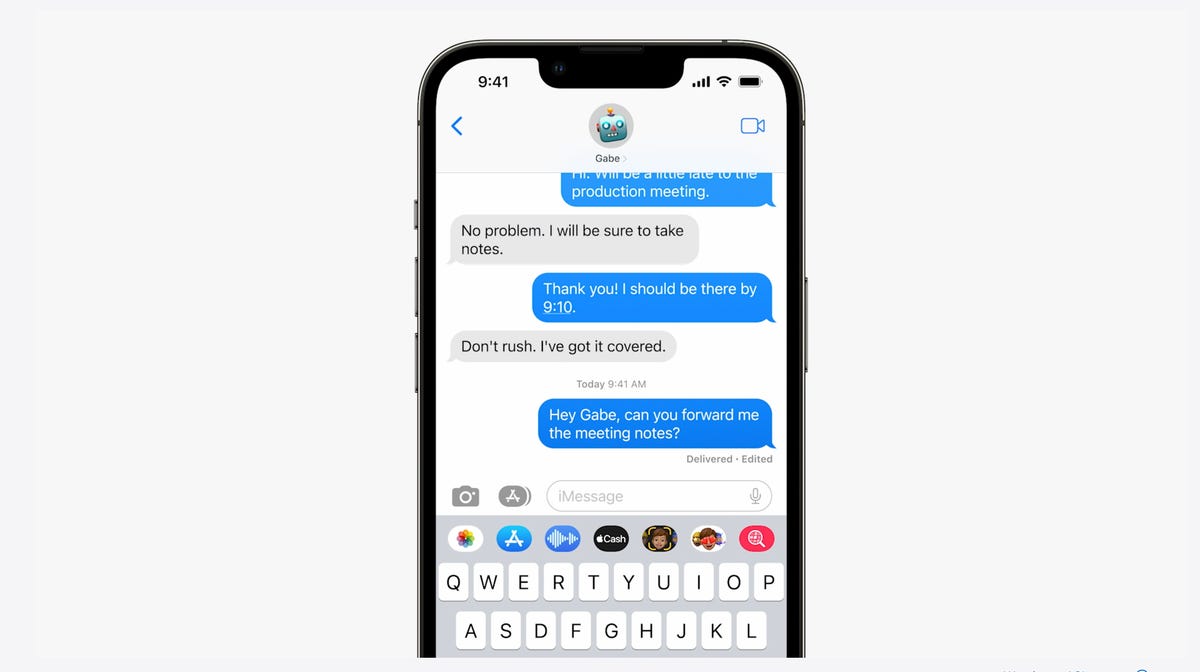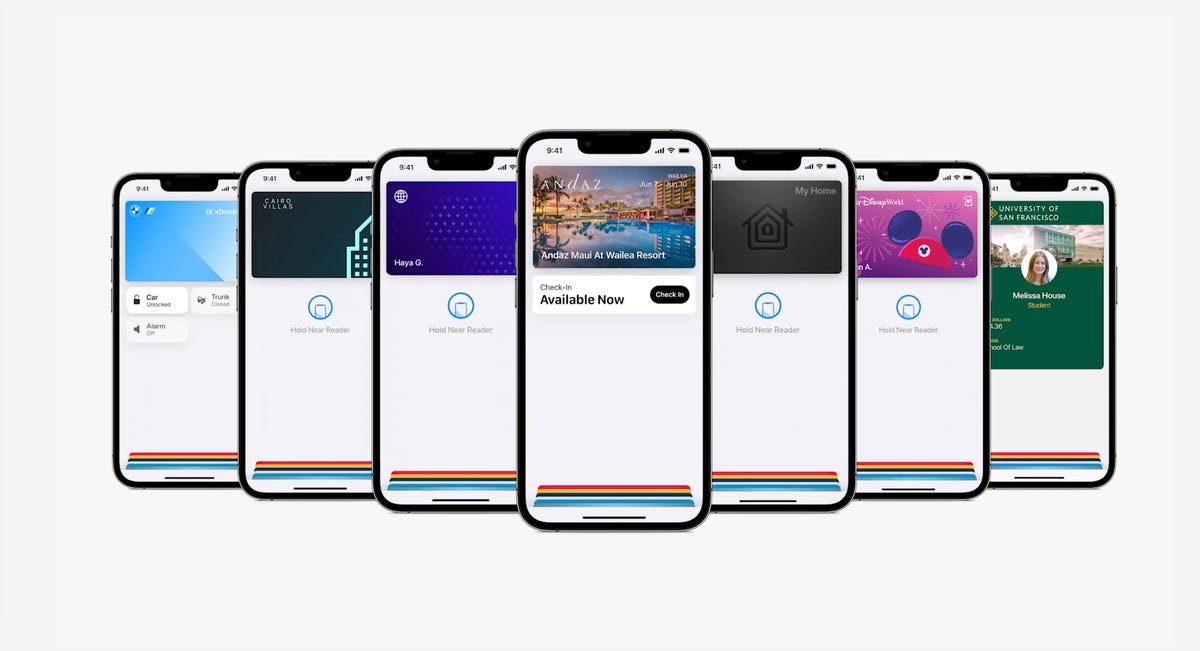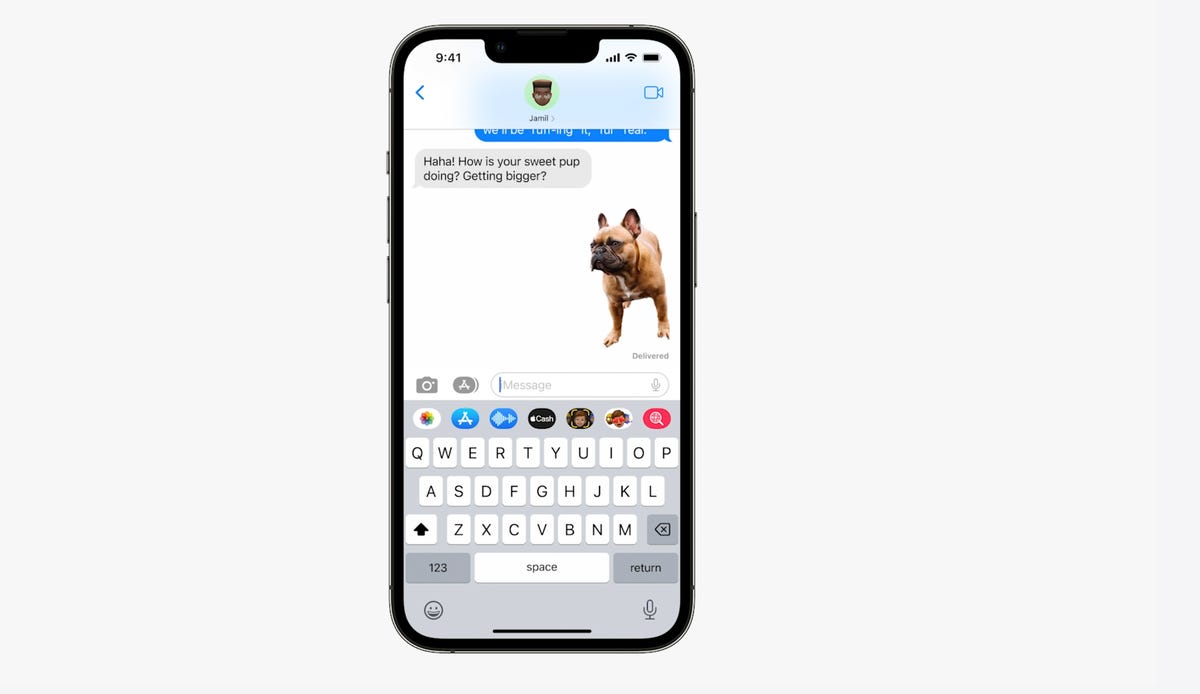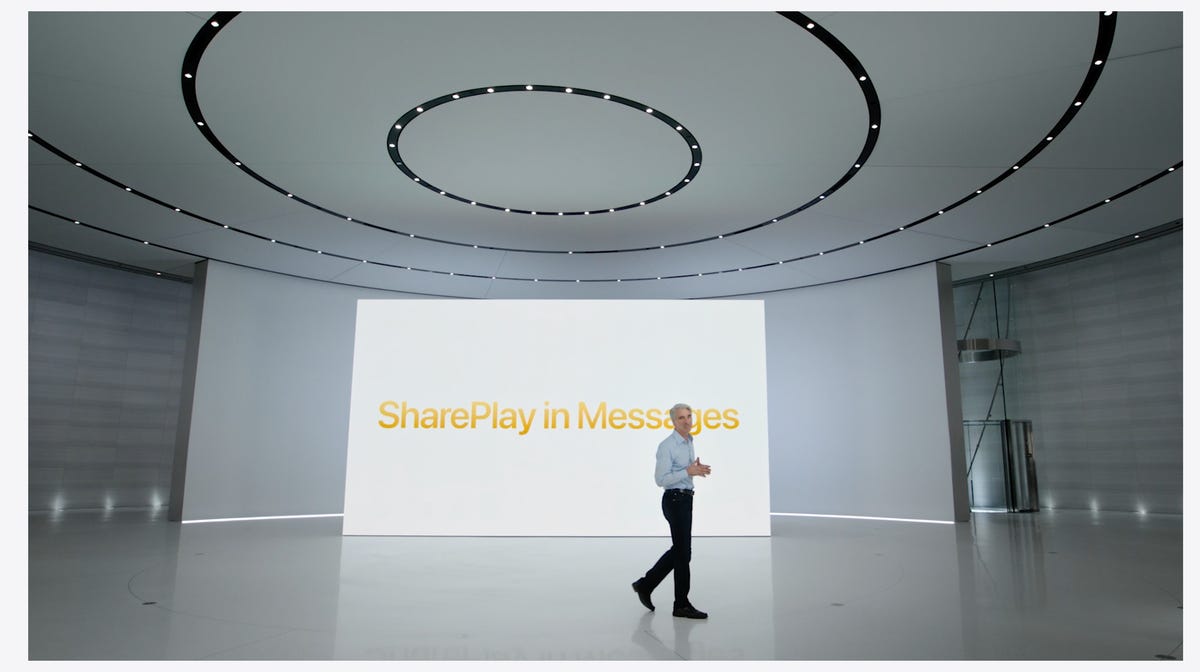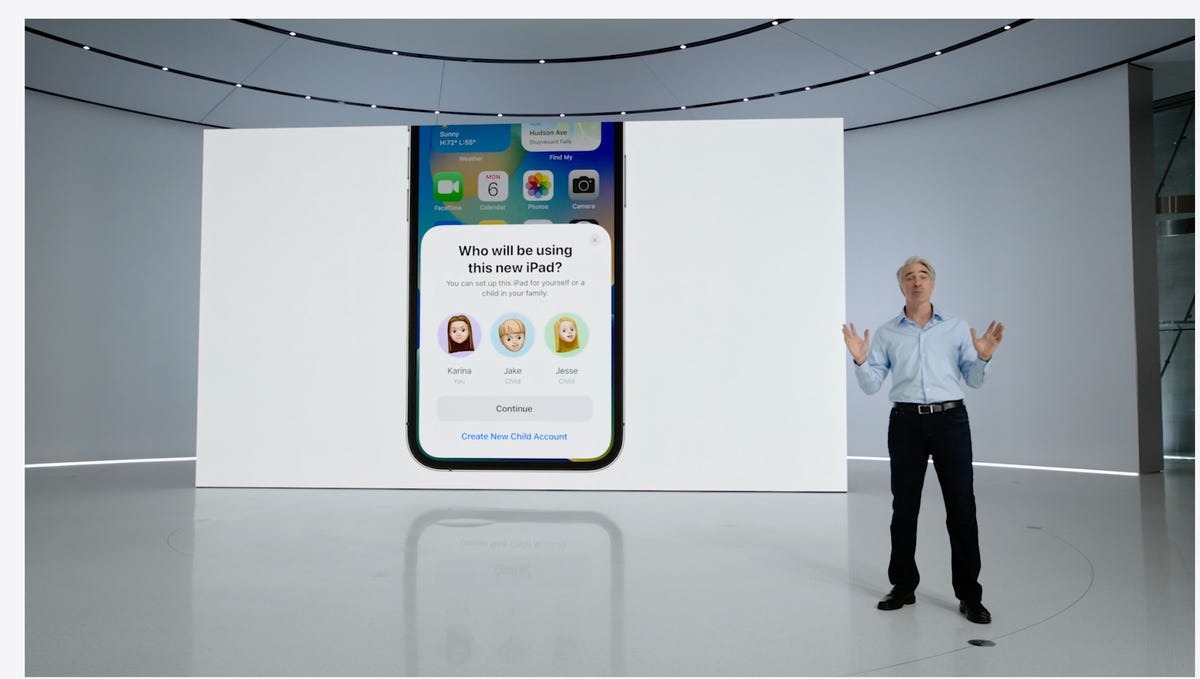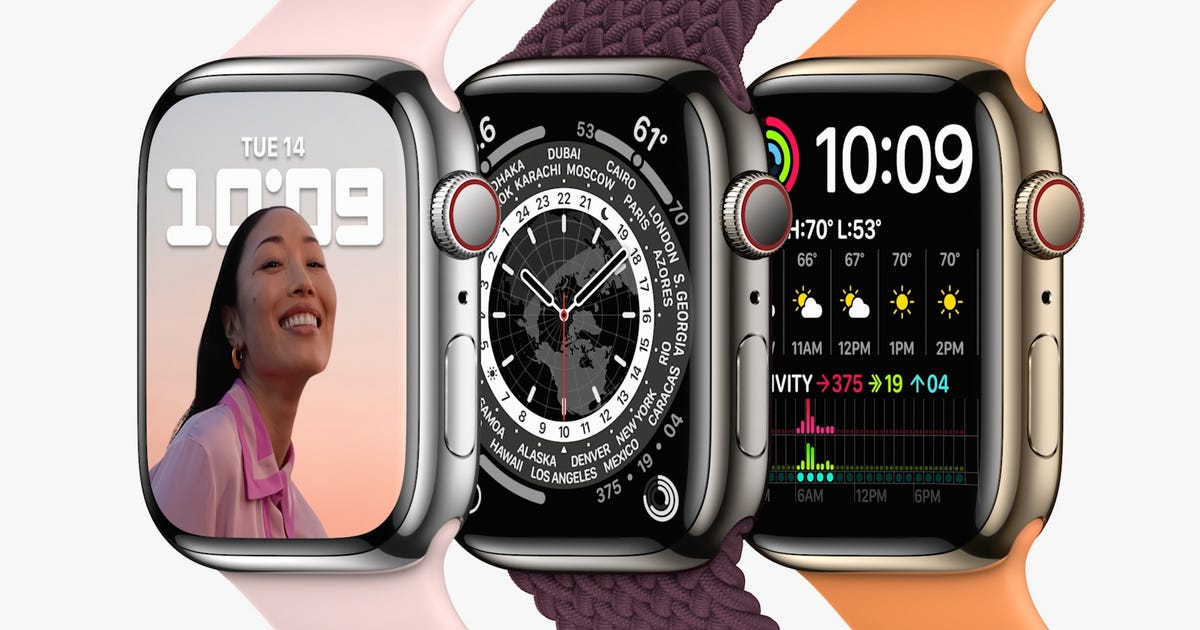
WatchOS 8 is here: Best new features on the Apple Watch
Your Apple Watch is getting a big new update with WatchOS 8, adding new workout options, messaging tools and some hints of what to expect ahead of the Apple Watch Series 7. The free download is available for all Apple Watch owners using the Series 3 or later and arrived alongside iOS 15 and iPadOS 15.
To download the update, first make sure your iPhone is running iOS 15. As long as your watch has at least 50% battery, go to Settings and select Software Update. If less, leave the Apple Watch on its charger and wait for the update to download. Once you have the update, here are some of the best features to explore.
WatchOS 8 puts portrait photos on your wrist
The new Portraits watch face can use any portrait mode photo taken on the iPhone. First, open the Watch app on the iPhone and then navigate to the Face Gallery. Find the Portraits watch face and tap Add to find portrait photos you want to display on the watch.
Rather than displaying a static image, the watch uses segmentation data from the photo to separate the foreground from the background. This means the time appears just behind the head of your subject and if you raise your wrist or fidget with the Digital Crown, the subject pops in and out, too.

I've found it works best with photos that have a lot of distance between the foreground and background, plus ample headroom above your subject so you can really see the effect. Some complications are also supported, so you can put elements like battery level or heart rate on the watch face as well.
Also new in the watch faces tab is a World Time option. You can see the time around the world across all 24 timezones straight from your wrist.
AssistiveTouch is a mind-blowing accessibility feature
Apple announced AssistiveTouch in May along with a range of accessibility features for the iPhone and iPad.
It lets people who have the use of only one arm control the Apple Watch by movement in the hand and wrist, like pinching or clenching actions. The watch detects these motions so you don't need to be able to touch the screen to interact with the watch.

It's difficult to describe how intuitive this feels until you use it. Pinch your thumb and forefinger and the watch will move the focus to navigate through menu options. A double pinch moves back, while a clench is a tap action to select something on the screen. AssistiveTouch is also customizable, so you could set a double-clench action to answer a call or bring up the action menu. AssistiveTouch works with the Series 6 and the Apple Watch SE.
Better messaging tools
When you go to send a message, you'll now be able to use the scribble tool, the emoji selector or the dictation option all from the same screen. Plus, if you go to dictate a message but it makes an error in the transcription, you'll now be able to select the word and use the Digital Crown to make corrections. It's something I appreciate as my Australian accent often results in some pretty amusing dictation errors.
Just like on the iPhone, you can send a GIF by selecting the magnifying glass icon and either choosing from the trending list or searching for the GIF you want.

Apple Watch 7 will have a full keyboard.
Apple/Screenshot by Erin Carson/CNETContacts, Find My apps coming to WatchOS
The Contacts app is finally available on your wrist so you can edit, add, browse and share without pulling out your phone. Apple has also split its Find My app into two new apps: Find Items and Find Devices. They do exactly what they say on the tin and you can ping items like an AirTag or find devices signed in with your Apple ID from the Watch.
WatchOS 8 also works in conjunction with the Focus mode on the iPhone, so you can limit distractions coming through or customize modes so only notifications from certain contacts and apps break through. Once you apply the mode on the iPhone it automatically sets it on the Watch as well. It's also supposed to be smart about Focus suggestions, like prompting you to turn on the mode when you start a workout. I'll need to spend more time with the beta before it can pick up my usage patterns.
Two new workout options -- and Mindfulness
There are two new workout types you can track: Pilates and tai chi. They use customized heart rate and motion algorithms to better determine your effort than if you traced these workouts using the Other option in the workouts app. Apple's Fitness Plus also gets a picture-in-picture mode, plus additional workout filters.
Apple has also moved the Breathe app into a new Mindfulness app. In addition to animations to help guide your breathing, there's a Reflect app that gives prompts to help focus your thoughts. I really like the new animations in the Mindfulness app and in the short time I've used them, I've found they do help to focus my attention. The time you spend reflecting appears in the Health app on the iPhone (along with your heart rate) after each session.
Sleep tracking also adds respiration rate to the existing sleep metrics like heart rate and time asleep. You can also view trends over time in the Health app on the iPhone.

More flexibility for Apple Watch cyclists
Cyclists get some bonuses in WatchOS 8 like auto workout detection for bike rides, plus an auto-pause and resume option so you don't eat into your workout time when not riding. Plus fall detection now works for bike rides, so if the Apple Watch detects you taking a tumble, it can call emergency services and notify emergency contacts. Apple said fall detection for workouts will come in an update to WatchOS 8 later this year for the Series 4 and later.
Other new workout features include audible feedback cues. You'll be able to hear workout milestones -- such as when you close your activity rings -- announced through the Apple Watch speaker, or in your ear if you have Bluetooth headphones connected.

The Apple Watch Series 7.
AppleMore features to come in the Wallet app
Apple is hoping you'll ditch your physical wallet altogether and access everything from your wrist. Later in the year, iOS 15 and WatchOS 8 will be able to store a digital identity card like a driver's license in the Wallet app. Access keys for hotels and offices can also be held digitally.

You can now digitize and store your driver's license in Apple's Wallet app.
AppleThe Apple Watch Series 6 will support ultrawideband, or UWB, for car keys so you can unlock your vehicle or start it remotely, without needing to touch or tap anything on the Apple Watch. It does depend on the vehicle manufacturer and it will also roll out later in the year.
More WatchOS 8 extras
- Multiple timers, with the option to label timers using Siri.
- More apps support the always-on display including Maps, Timers and Phone.
- The Photos app can surface your memories and featured photos. Plus you can now share photos straight from the Watch via Messages or the Mail app.
- Home app lets you control accessories by room and send broadcast intercom messages from your wrist.
Source
